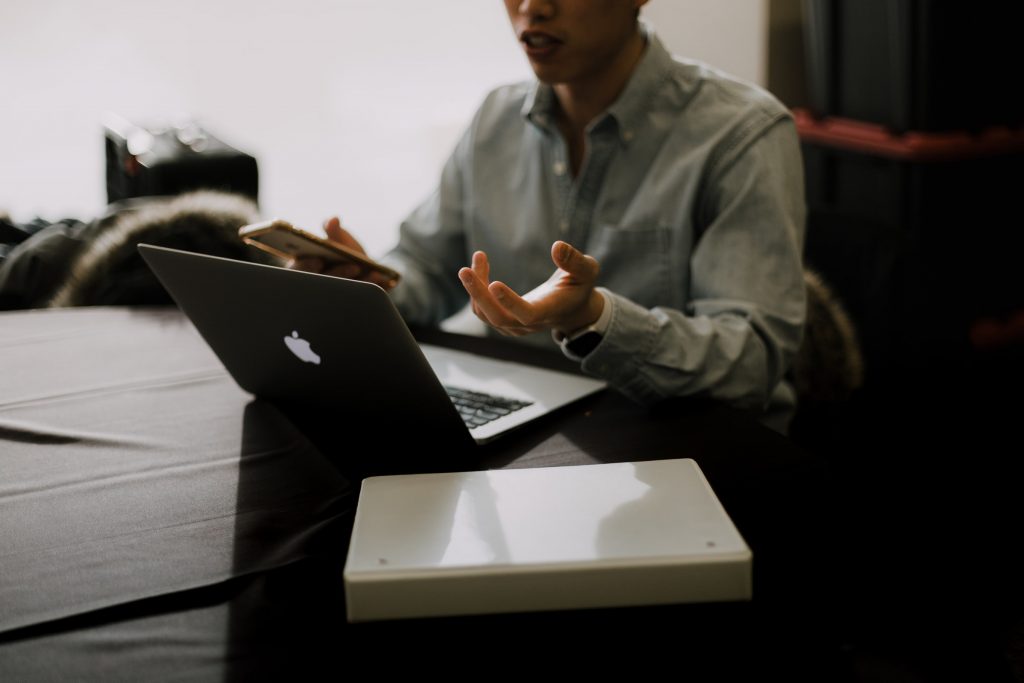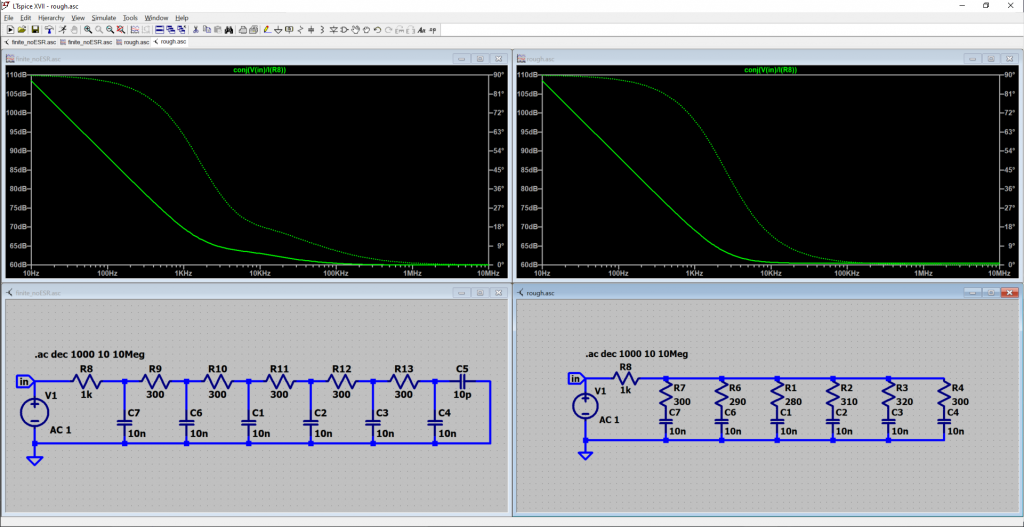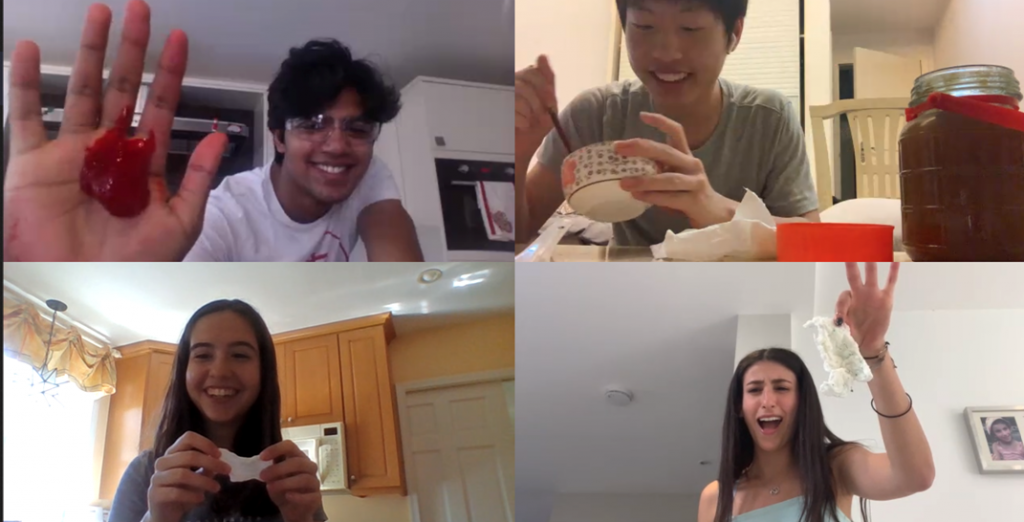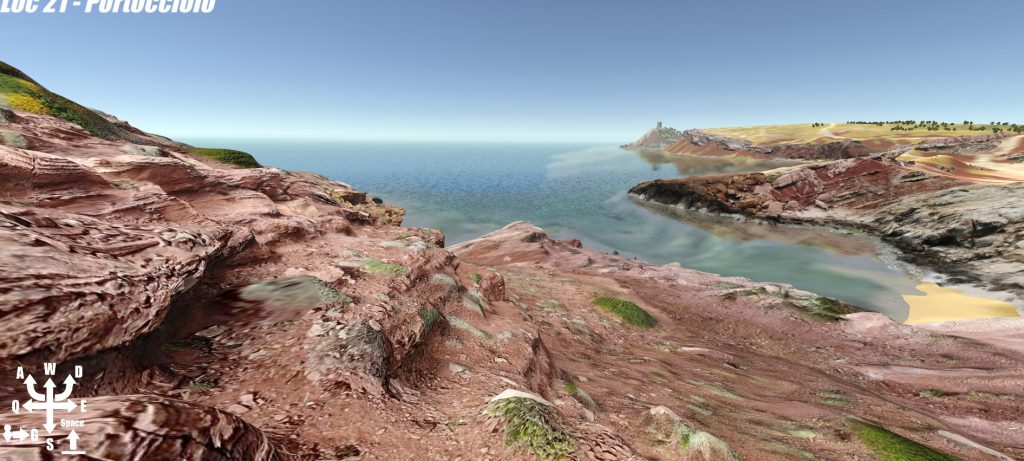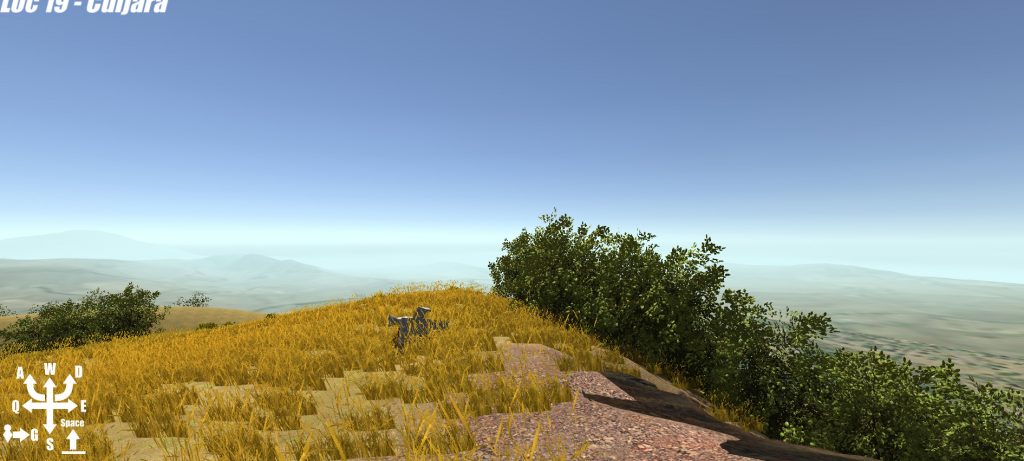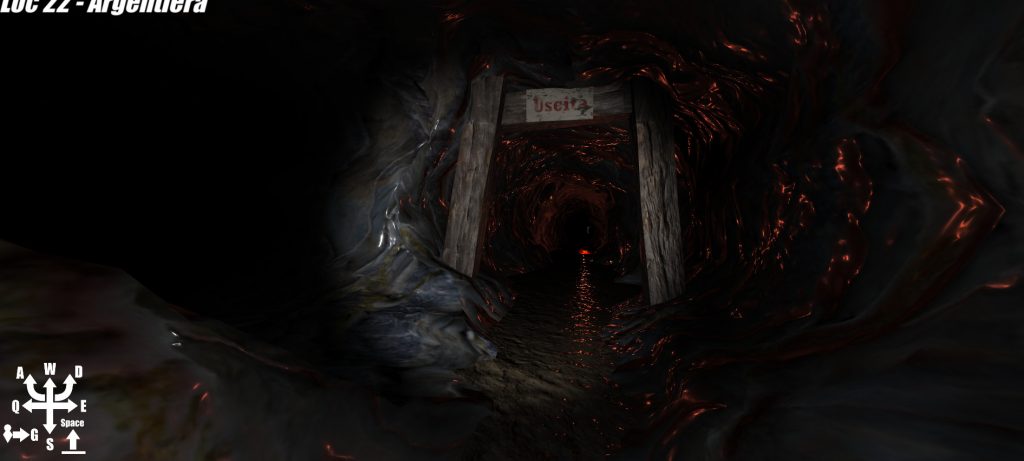Meet our new learning technologists
Our Ed Tech team recently welcomed three new learning technologists to Imperial. Find out more about Miki, Nadia and Joe, their first few weeks and how they can work with you in the future.
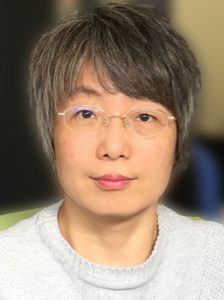 Miki Sun
Miki Sun
I joined the Transformation Team as a Learning Technologist in the beginning of 2021. My role focuses on engineering pedagogy transformation, with technology enhancement in teaching, learning and assessment. This provides a perfect opportunity to grow my knowledge and experience. I studied and worked in Robert Gordon University in Aberdeen, Scotland, previously, where I was an online learning developer supporting online course delivery in the School of Engineering. I’m delighted to support colleagues in innovative course curriculum and assessment design, and looking forward to meeting everyone in person.
I’ve had informative induction and training sessions by our team leaders and inside College. I like the well-thought, well-organized Design Planning Flow approach. I’ve enjoyed learning and building my knowledge on the Blackboard VLE (I used Moodle before) and online assessment tools such as Mobius. I have also attended several meetings and met many friendly and interesting colleagues from the faculty and different departments. It’s great to get to know how things work in Imperial.
Nadia Hussain
I recently joined Imperial as an Assistant Learning Technologist in the Faculty of Engineering. Before I joined the Ed Tech team, I completed my PhD in Computer Science and worked as a Graduate Teaching Assistant (GTA) at Brunel University. In my first few weeks at Imperial, I’ve been working on Autumn Term module data analysis, converting the Design Process Flow (DPF) from MS Word into flow diagrams and have answered user queries. Starting my job in the pandemic was slightly strange to begin with however with time I’ve become used to working from home.
I enjoy working with the digital learning and assessment tools that Imperial use and offering assistance to staff. I am particularly fond of using Blackboard. I look forward working more on WISEflow and other new digital tools in the future. So far, I’m enjoying my time working here and the staff are wonderful!
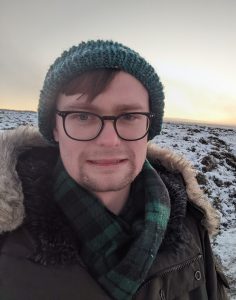 Joe Driscoll
Joe Driscoll
I have recently joined in the role of Learning Technologist (STEM), which means I will be helping the team to apply their impressive video, animation and assessment capabilities to technical Engineering course content. I’m joining after completing my PhD in Maths at the University of Leeds. The research was born out of a paper of Simon Donaldson and Richard Thomas, two of Imperial’s finest! At Leeds I was involved in their Maths Outreach programme, providing extra-curricular sessions to local schools was good fun and great experience. I’m hoping I learned a thing or two about creating learning resources that will help with my new role.
In my first few weeks I have been focusing on conversion of traditional paper-based exams into a digital format. This is not without its challenges, but the art of maximising the learning outcomes for students is one I am gradually honing. I have been working with the Möbius platform to do this, whilst it has been a learning curve, I’m excited by the potential scope of applications for this tool.
During the pandemic I have been in Leeds, where I moved to almost 5 years ago after graduating from UCL. I have been especially grateful for the Yorkshire countryside and fresh air over the last year, but I’m also excited at the prospect of moving back to London soon.
Looking forward I see so much potential for the services we in the Ed Tech team can provide. I think we will be able to build and grow our expertise to support the department in new and exciting ways. To make sure we are offering the best possible service to the department, we are keeping up to date on all the latest technologies and their application to higher education. As an example, I recently attended a TALMO (Teaching and Learning Mathematics Online) workshop where I learnt lots of useful tips and tricks for online teaching and assessment. My favourite talk was from Dermot Green (Queens University Belfast) who explained how he made his own “Lightboard” to make online lectures more engaging. You can see this in action on his YouTube channel. The student feedback from the “Lightboard” lectures was very impressive.
I’m really looking forward to working with everyone in the Faculty of Engineering and thanks for such an enjoyable start to life at Imperial!





